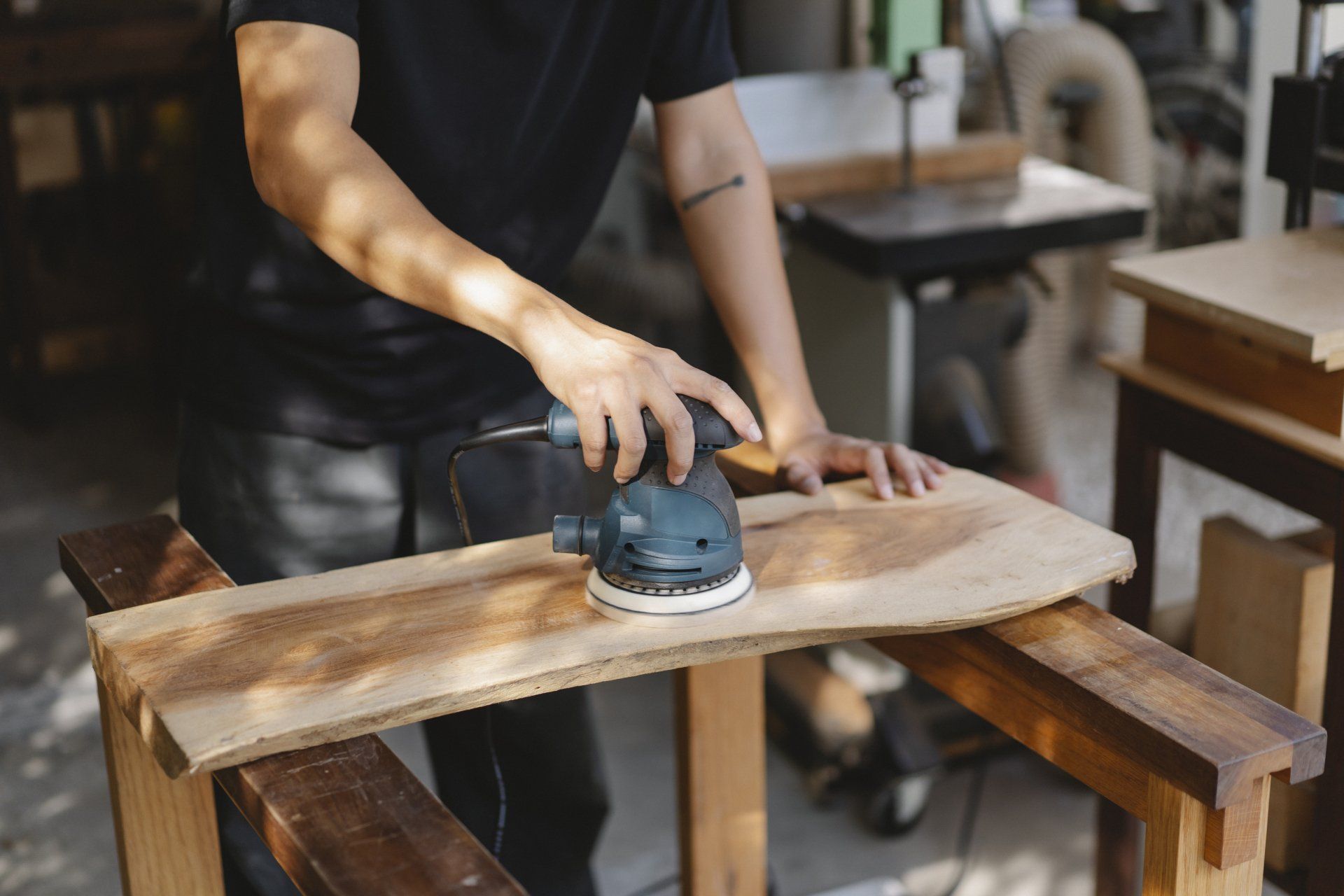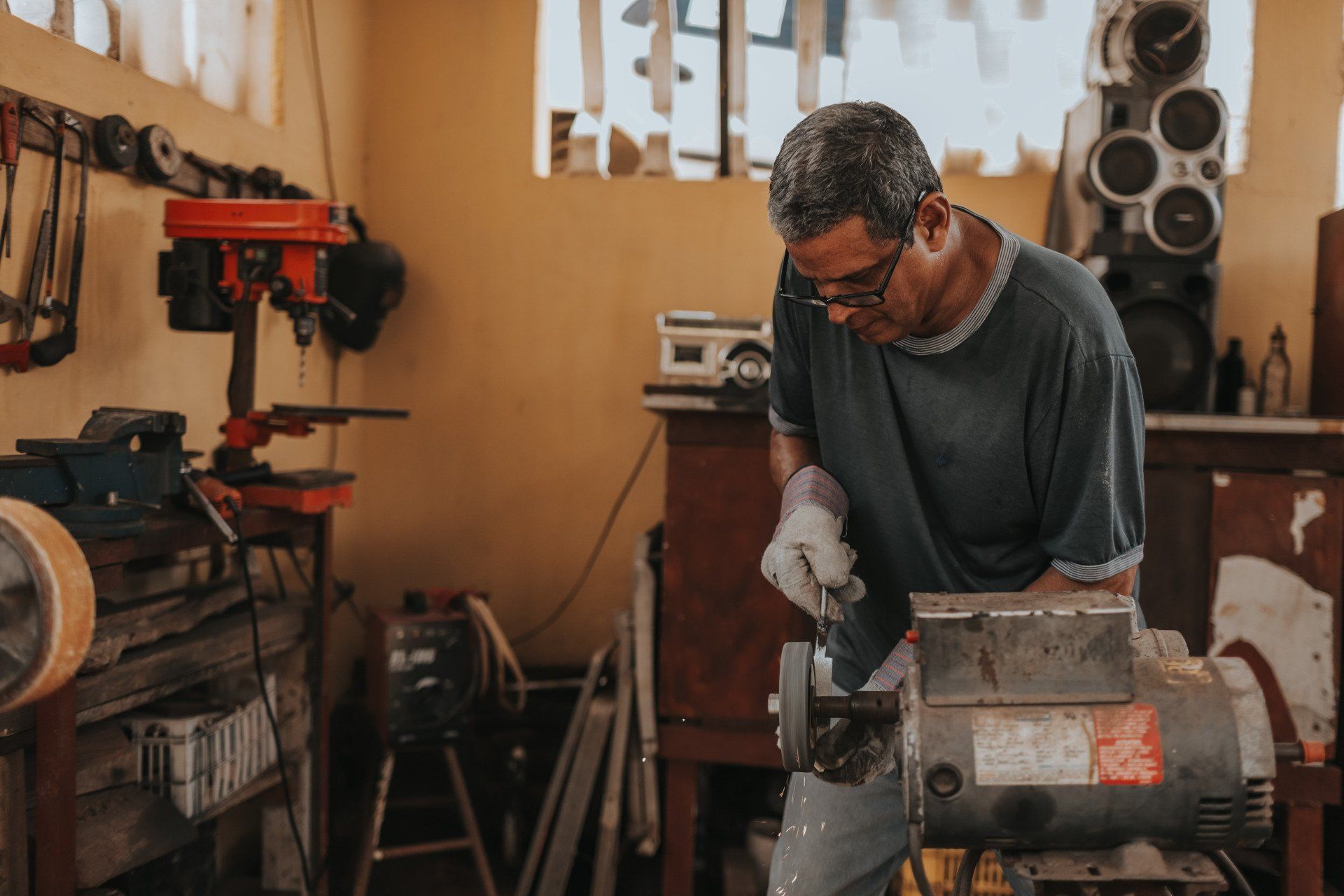French Polishing In Christchurch
All Types Of French Polishing In Christchurch

Furniture French Polishing in Christchurch by Phil from The Fixit Factory
Furniture French polishing is a traditional method of finishing wood furniture that involves applying multiple layers of shellac to achieve a deep, lustrous finish. While the process is labor-intensive and requires skill, the results are well worth the effort. Phil from The Fixit Factory is a master of furniture French polishing in Christchurch and has been providing his services for over a decade.
In this blog, we'll delve into the history and technique of French polishing, the benefits of using this method to finish your furniture, and why Phil from The Fixit Factory is the best choice for furniture French polishing in Christchurch.
History of French Polishing
The origins of French polishing date back to the 18th century, when furniture makers in France began experimenting with new methods of finishing wood. Prior to French polishing, furniture was typically finished with wax or oil, which provided a protective layer but did not enhance the natural beauty of the wood.
French polishing, on the other hand, involved applying thin layers of shellac to the wood in a specific pattern that resulted in a deep, rich finish.
French polishing quickly became popular throughout Europe and the United States, and by the mid-19th century, it was the preferred method of finishing high-end furniture. However, as the 20th century progressed, the popularity of French polishing waned, and other finishing methods, such as varnish and lacquer, became more common.
Despite this, French polishing never truly went out of style. Today, it is still widely used by furniture makers and restoration experts who appreciate the depth and beauty of the finish.
Technique of French Polishing
The process of French polishing involves several steps, each of which requires skill and precision. While the specific techniques may vary depending on the piece of furniture being finished and the preferences of the polisher, the general process is as follows:
- Sanding: The first step in the French polishing process is to sand the wood to create a smooth surface. The polisher typically starts with a coarse grit sandpaper and gradually works up to a finer grit to achieve a smooth finish.
- Sealing: After sanding, the polisher will apply a sealer to the wood to help fill in any gaps or imperfections in the surface. This is typically done with a mixture of shellac and alcohol.
- Applying the Shellac: Once the sealer has dried, the polisher will begin applying the shellac. This is done with a soft pad made from cotton or wool, which is wrapped around a piece of wadding. The pad is dipped in a mixture of shellac and alcohol and then applied to the wood in a circular motion. The polisher will continue applying thin layers of shellac until the desired depth and sheen are achieved.
- Sanding and Polishing: After each layer of shellac is applied, the polisher will sand the surface to create a smooth finish. This is typically done with a fine grit sandpaper. Once the surface is smooth, the polisher will use a soft cloth to buff the surface to a high shine.
- Repeating: The process of applying shellac, sanding, and polishing is repeated several times until the desired finish is achieved.
Benefits of French Polishing
One of the main benefits of French polishing is the deep, rich finish that it provides. Unlike other finishing methods, such as varnish or lacquer, French polishing enhances the natural beauty of the wood and brings out its unique grain and character.
Additionally, because the finish is built up in thin layers, it does not obscure the details of the furniture.
Another benefit of French polishing is its durability. When properly applied, a French polish finish can last for decades.
Get in contact with Phil today or visit his workshop in Dallington near the Palms Shopping centre click here to learn more



